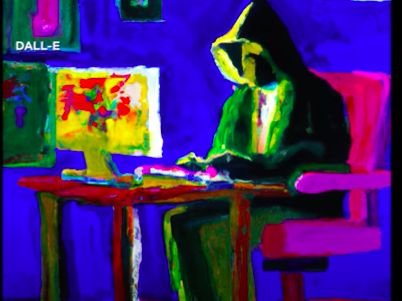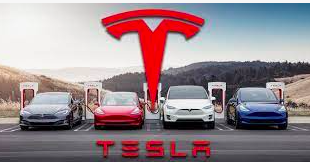Over the past few months, you may have come across some strange and beautiful images online. Some of them appear to be a combination of existing photos, while others appear to be the work of highly skilled digital artists. However, in reality, every one of these images has been created entirely by a computer. What’s more, they’ve been generated based on nothing more than a few descriptive words entered by a user.
This remarkable technology is the product of years of development in the field of deep learning, a subfield of artificial intelligence (AI) that focuses on creating algorithms that can learn from vast amounts of data. To understand how these AI-generated images work, Dr. Michael Pound, a deep learning expert, has spent the last few months exploring these systems.
At its most basic level, AI-generated images are the result of machine learning algorithms analyzing vast amounts of images and accompanying text descriptions. Over time, these algorithms have learned to associate certain words and phrases with specific types of images, enabling them to create new images based on user input.
The process begins when a user inputs a few descriptive words into the system. For example, they might type in “an abandoned futuristic dystopian city, overgrown with plants, bathed in sunlight.” The AI algorithm then creates an image based on the description, using the words as guides to determine the color, texture, and other details of the image.
The initial images generated by the system are often rudimentary and lack detail, but the algorithm continues to refine the image, adding more and more detail with each iteration. The result is a stunning and often highly realistic image that can be used in a variety of ways, from art and design to advertising and marketing.
The rise of AI-generated images has been incredibly fast, even by AI standards. However, as with any technology, there are limitations to what these algorithms can do. While they can create stunning images based on descriptive words, they don’t always understand the meaning behind the words. For example, when asked to create an image of a “cute rabbit wearing a parachute jumping out of a plane,” the algorithm struggled to create an image that was accurate or believable.
Despite these limitations, the potential applications of AI-generated images are vast. They can be used to create highly realistic visualizations of products, designs, and ideas, as well as to create new forms of art and expression. As the technology continues to develop, we can expect to see even more stunning and impressive images generated entirely by AI.
In conclusion, the rise of AI-generated images represents a significant step forward in the field of artificial intelligence. While the technology is still in its early stages, it has already demonstrated the ability to create stunning images from scratch based on user input. As technology continues to develop, it’s clear that AI-generated images will play an increasingly important role in a wide range of industries, from design and marketing to art and entertainment.



